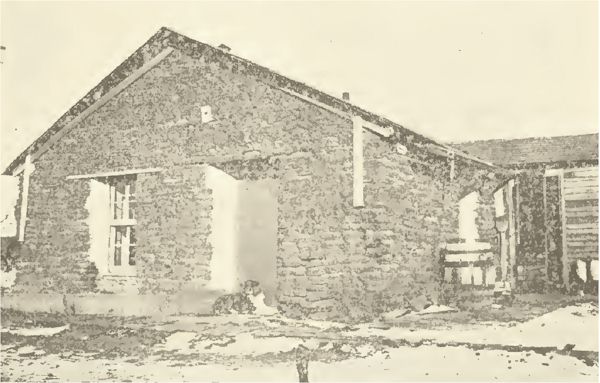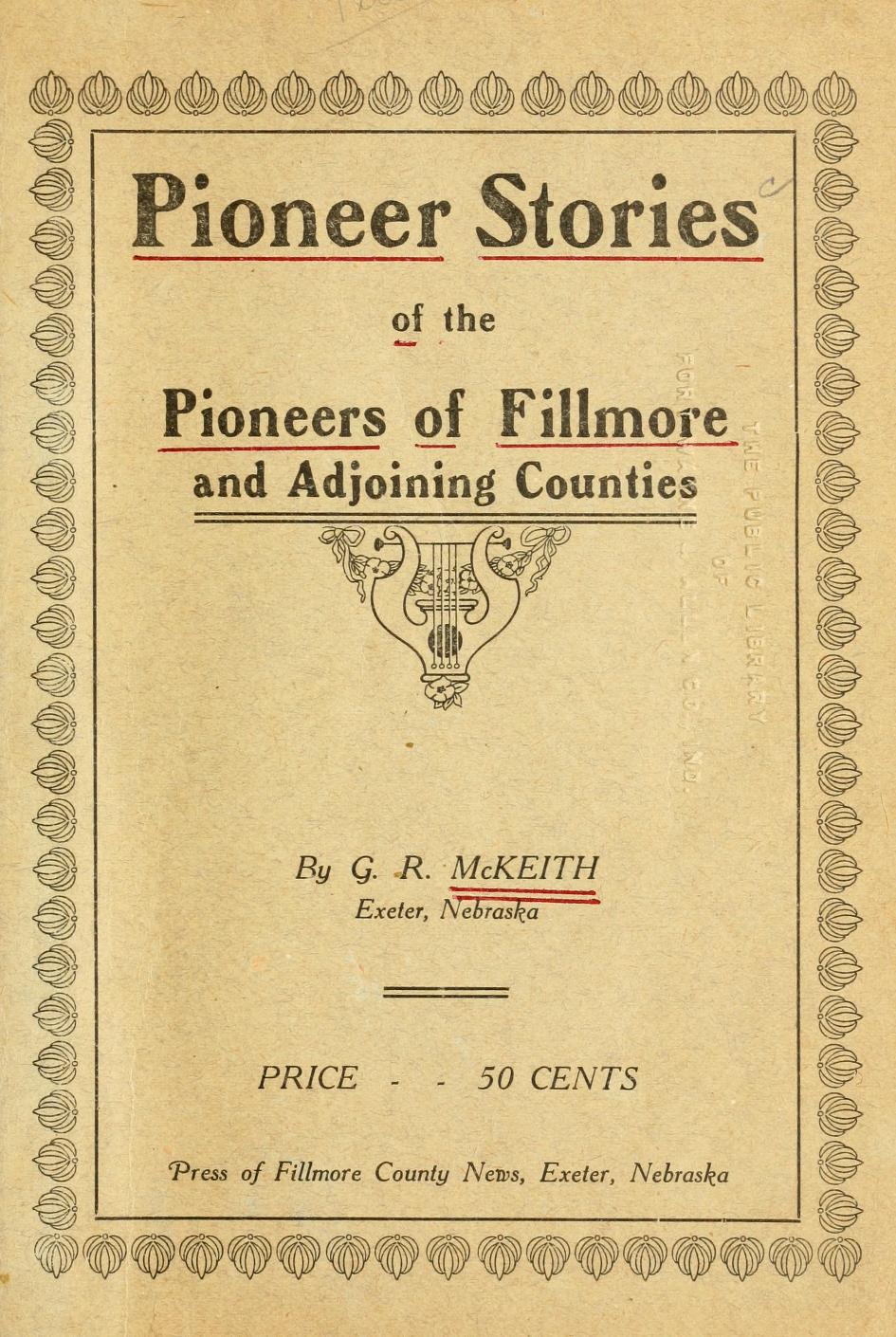Biography of William Downey
William Downey was a native of New York State, and went with his parents to Michigan, where he grew up to manhood, living in Kalamazoo and St. Joseph Counties. He came to Nebraska in May 1871 along with Messrs. Ramsdell, Stephens and Krader, the latter settling in Dodge County. They traveled all the way with wagons and teams, and were six weeks on the road. Mrs. Downey and the children stayed near Lincoln about nine months. Mr. Downey and Mr. Stephens came to this district and sought claims, Mr. Downey homesteading in July on the west half of the north … Read more


